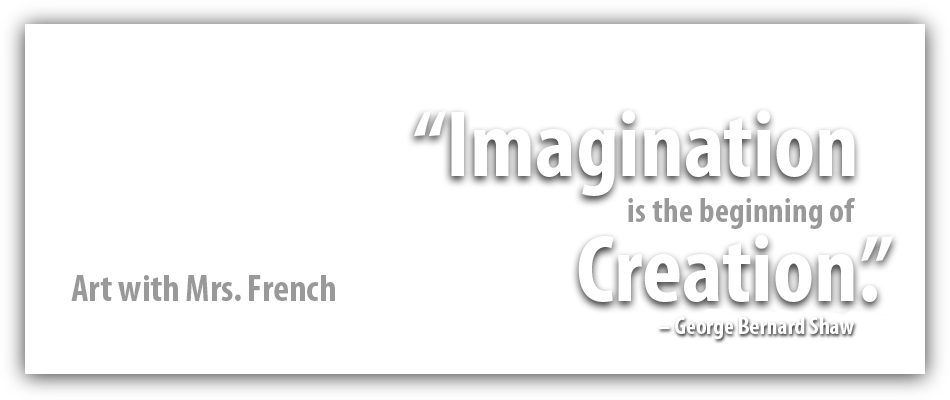Flowers from Observation
 Thursday, May 22, 2014 at 10:39AM
Thursday, May 22, 2014 at 10:39AM This was an interesting and fun lesson for our second and third grade class. We began by talking about what a flower looked like, and I quickly drew the most well known version, a circle surrounded by some loops and a line extending down. Next we looked at several real flowers and began to notice that real flowers look only a bit like the flower I drew. Looking very closely we saw there are characteristics most flowers have in common; a center, petals that repeat around the center, a stem and usually leaves. That said, the flowers we had in front of us were also different in many ways. Some petals were big and some were small; some flowers had many petals and some only six or eight. Some flowers were one color and others had many variations of colors within them. After carefully observing their own individual flower, students drew as accurate a version of what they saw as possible. The flowers were drawn in black permanent marker then colored with water based markers. Learning to observe differences and similarities and how to really see what is in front of you was a great learning experience for the children, and a critical part of the drawing process. The results are lovely. Take a look! Click on any image to get to the gallery.





































